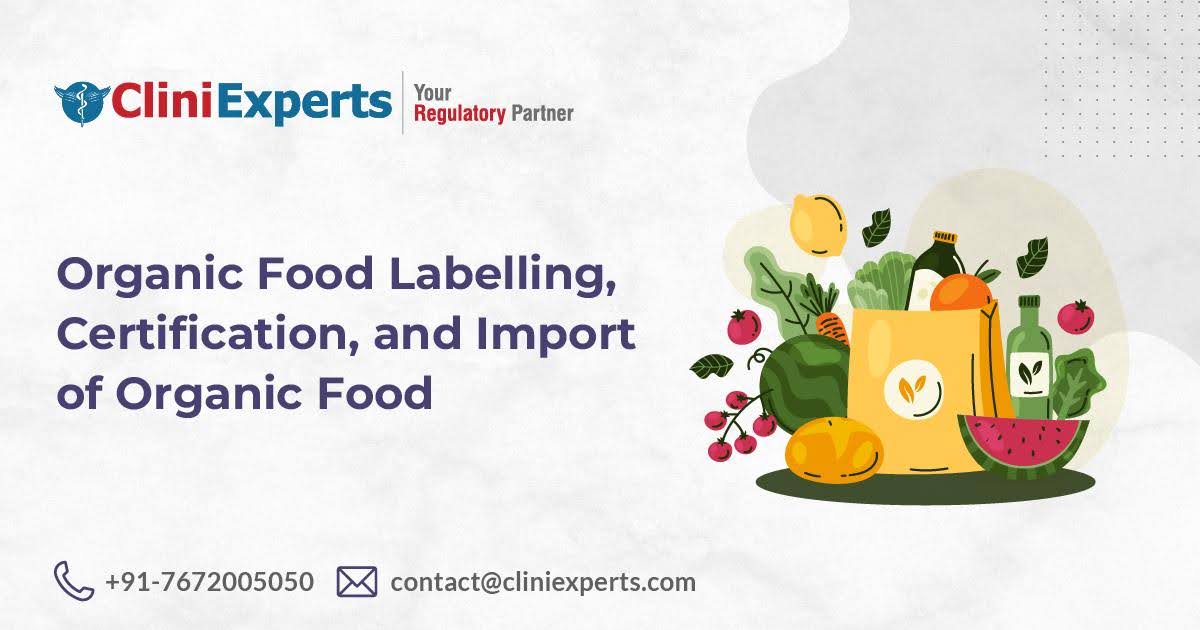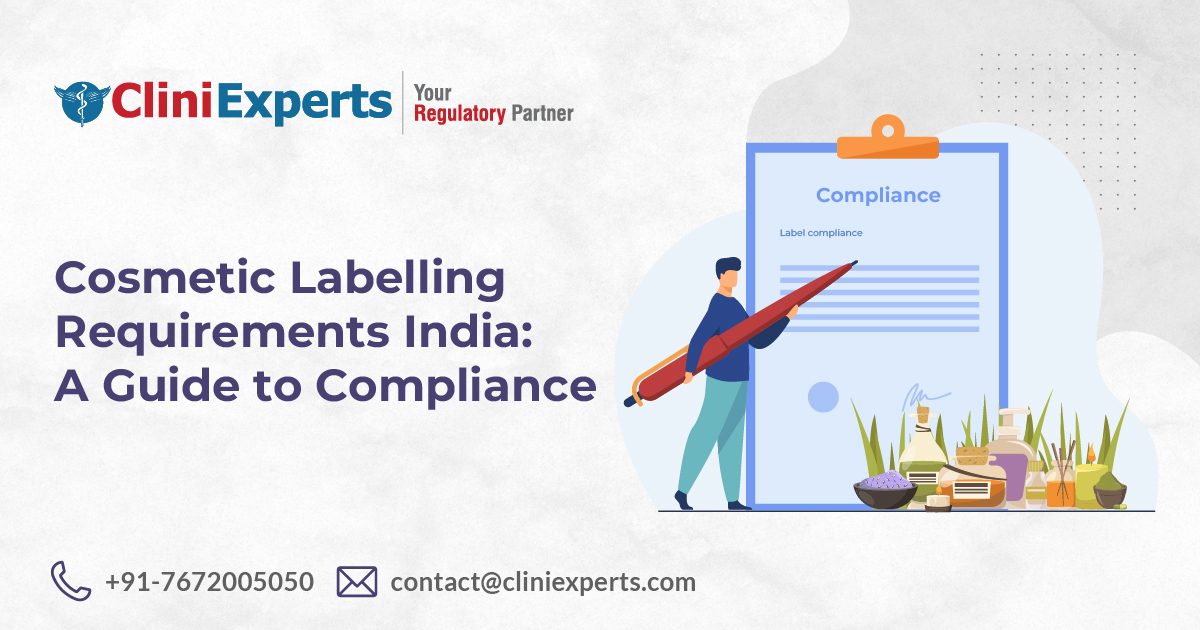New Regulation Introduced in Cosmetics Industry

Internet has led to an exponential growth in awareness. You are more tuned to “Googling” for information and clearing your doubts. There is a growing tribe of consumers who are alert, informed and take data-driven information. These developments are having far-reaching impact, which were earlier disjointed.
This has prompted the manufacturers to focus on markets, consumer safety, access to information and approaches like hazards identification and risk assessment.
One of the upcoming areas of such a change is the introduction of New Regulations to manage the Cosmetics Industry and its stakeholders.
What led to the New Regulations?
There are few specific thoughts which led to the draft regulations being circulated to change the existing Drugs and Cosmetics Act 1940.
- The rate of research and development in this segment has grown consistently
- Usage of a wide variety of chemicals; many of which might have harmful effects but there is lack of trials and data
- Focus on healthy lives and safety of consumers from spurious products
- Increasing accountability of the manufacturers and importers of cosmetics
- To cover an industry which was earlier under regulated though the consumer base is huge in India
What are areas affected by the New Regulations?
The idea behind the changes is mainly to make the Act contemporary and effective in the present-day world and not 1940!
- Registration and Licensing have been made mandatory
- Animal testing of products have been prohibited
- Labeling and packaging compliance is strong and very focused
- Stringent testing facilities and testing protocols from BIS
- The manufacturing facility must comply with Good Manufacturing Practices and the site can be audited by government agencies to ascertain compliance
- There is a dedicated section and annexures on which chemicals are allowed and to what extent. Usage of certain chemicals like arsenic and lead and the allowance of particles per million are being directed through the law.
You can connect with us and share your queries Cliniexperts and do what you do the best – efficiently run your business and GROW.
Consumer safety through cosmetics labeling regulation – What’s new?
A report by TechSci Research states that the Indian cosmetics market is expected to grow at a CAGR of 6% in the period from 2019 to 2024.
There is growing demand for cosmetics from people of all walks of life belonging to either gender. The demand is equally strong and pervasive in Tier 2 and 3 cities.
Naturally, hordes of people are entering into this industry to grab a share of the market but many are ignorant about the ingredients or the possible health risk from spurious products.
The Indian government, envisaging the raging demand for products and acknowledging the presence of manufacturers, importers and distributors of cosmetics; has come up with sweeping changes in regulation.
It is now more consumer – oriented and aimed at empowering them with product safety information prior to use.
If you are manufacturer or importer of cosmetics and intend to sell in India, here is what you need to know about labeling of cosmetics.
- Imported products must be registered prior to selling in India
- Licensed manufacturers can sell but only with proper labeling and compliant packing
- Comply with guidelines for inner and outer labeling. Apart from name and manufacturer name, the use before or expiry date is mandatory.
- All possible hazards (including directions for safe use) must be printed on the inner label. This includes names of hazardous or poisonous and all other ingredients with concentration.
- Manufacturing batch and lot numbers are mandatory for traceability.
- The Ninth and Tenth schedule are most important for specification
- Specification for arsenic, lead, mercury and heavy metals are critical and must be complied with
- Use of Hexachlorophene (anti-bacterial) is prohibited.
To know more about the finer aspects labeling, packing and other regulatory compliance as per the Act for cosmetics, Feel Free to Connect with us and we will be delighted to assist.
Saurangi is a food regulatory expert with 8 years of experience. She shares her knowledge and insights on regulatory updates, food trends, best practices, and news. Follow her for expert insights and practical advice on all things for food regulatory
Saurangi Shah
CliniExperts Services Pvt. Ltd.
Recent Posts
Organic Food Labelling In India| Certification, and Import of Organic Food in India

This Article is All About Organic Food Labelling In India and Certification, and Import of Organic Food in India. Explained in Detail About What is Organic Food labelling? Summary Short Description Wi..
Cosmetic Label Compliance India : A Guide to Compliance

Introduction Looking for Cosmetic Label Compliance India? Are you a cosmetic manufacturer or importer navigating the complex world of Indian regulations? Ensuring your product labels comply with the l..
Clinical Investigation Approvals: An Overview of Forms MD-22 and MD-23

Summary Short Description Strict regulatory protocols govern clinical investigations for medical devices. Central to this process are forms MD-22 and MD-23. Form MD-22 is an application to Central Lic..
HAVE A QUERY?
REACH US!Office
New Delhi
Unit No. 324 & 325, City Centre Mall, Plot No. 5, Sector 12, Dwarka, India - 110075
+917672005050
Bengaluru
RMZ Galleria, 1st floor, Ambedkar Colony, Yelahanka, Bengaluru, Karnataka, India – 560064
Call us on
Sales: +91 7672005050
Reception: +91-11-45214546
Timings
9 am to 6 pm (Monday to Friday)


